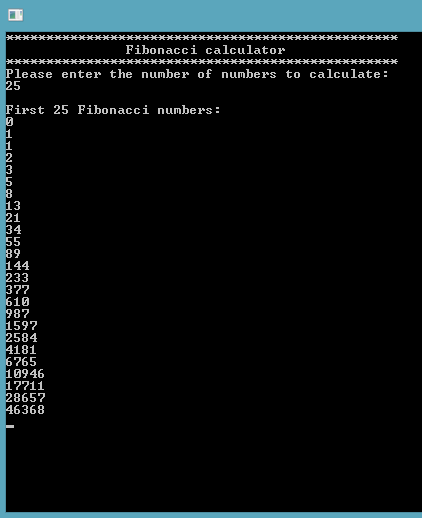Static blog for the win!
On the road again…
Using WordPress for my blog had been bugging me for quite some time. So I’ve started using the popular static site generator Jekyll and host my blog on GitHub pages. Main reasons for this were:
- Security: Over time you install a lot of plugins and any number of them can come with vulnerabilities. Granted they are optional and they are installed because they provide nice functionality but it would be much better to delegate the security of the system to GitHub.
- Maintenance: I used to host my blog on AWS which is relatively easy to maintain but still I was responsible for keeping that machine up and running at all times.
- Database: Using a database is overkill when all I’m doing is generating some static content. Database comes with performance impact, maintenance and backup requirements.
- Scalability: No need to worry about scaling as GitHub takes care of it all for free!
- Versioning: Just like any project on GitHub you have full control over the content and you can rollback to a previous version anytime.
- Performance: All content is served in static pages. So compared to retrieving it from the database and generating the page on the fly it’s obviously much faster and scalable.
Beautifying the content
Compared to HTML, markdown is so elegant and concise. No more pesky attributes and ugly tags mingled with text. Granted WordPress has plugins for writing posts in Markdown but in GitHub it’s a first-class citizen and supported from the get-go.
Drawbacks
- WordPress has its own merits like having a gazillion of plugins and themes. GitHub Pages supports a limited number of plugins due to security reasons.
- SEO must be taken care of manually whereas WordPress already has lots of plugins for that purpose too
